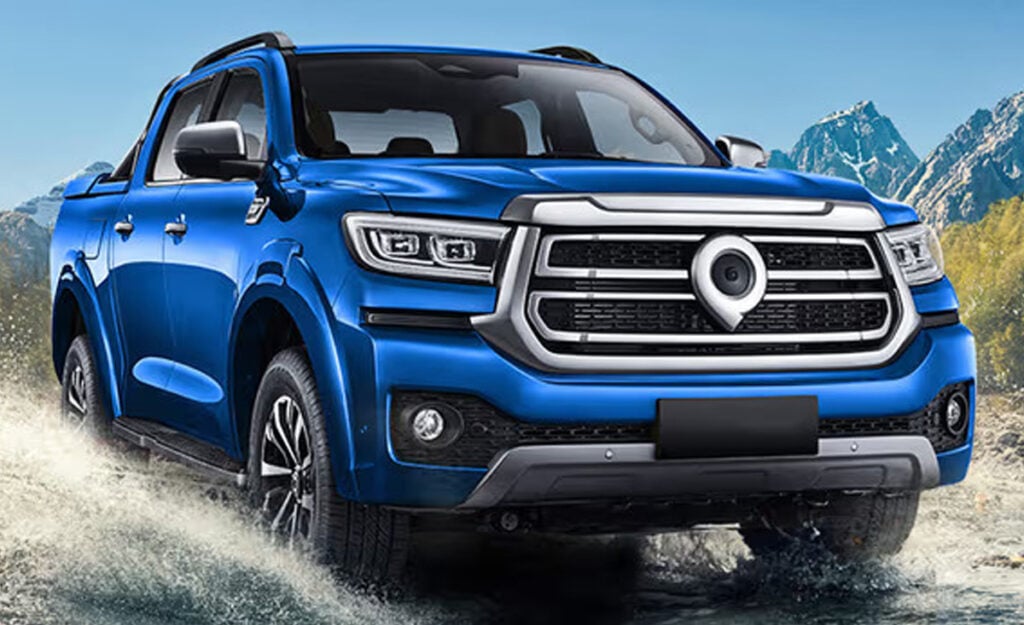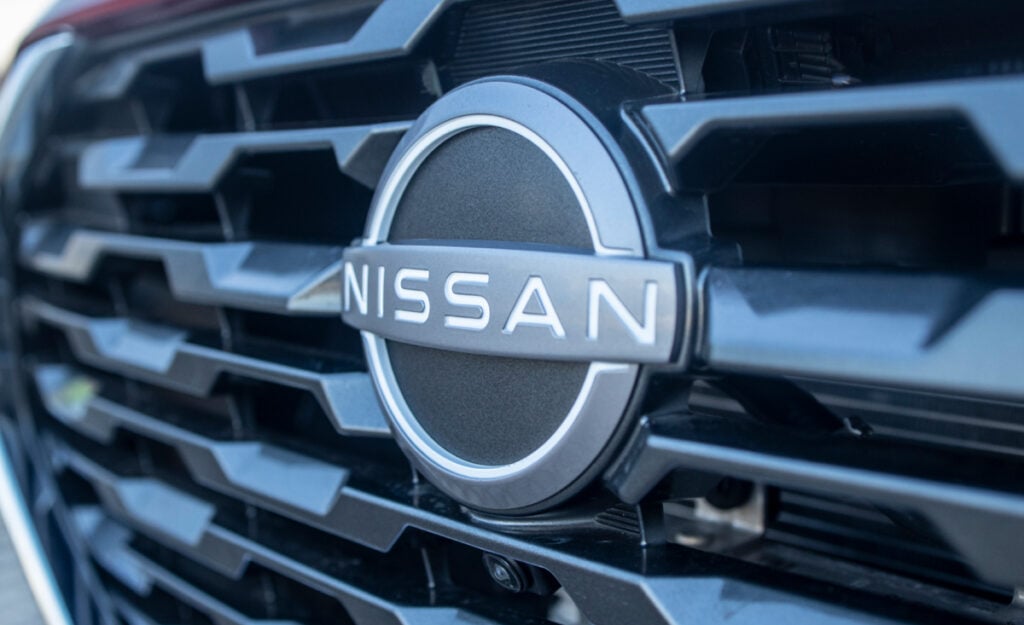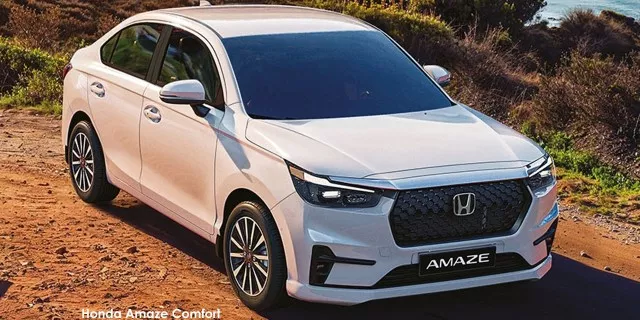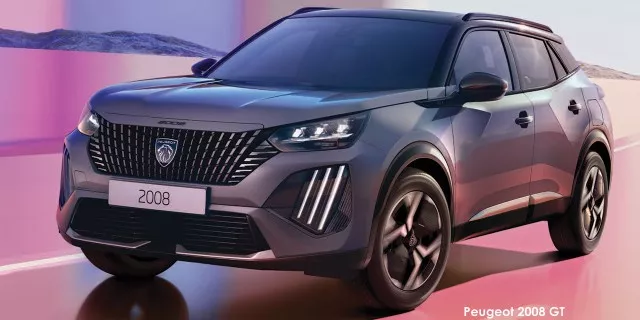
GWM fans have a lot to look forward to this year with major updates to at least four different cars.
The Chinese carmaker has plans to introduce the facelifted Haval H6 and P-Series, as well as launch a new engine for the Tank 300 and Haval H7.
Changes on the horizon
The first model lined up for South Africa in 2025 is the revamped H6, which has seen numerous changes to its design.
Up front, there’s a new studded chrome grille and lower bumper, as well as a pair of vertical LED daytime running lights that drop down from the slimmer headlight surrounds.
At the other end, the brand has ditched the singular taillight bar in favour of new separated lamps that leave a gap big enough for the Haval letters to be mounted between them.
Bear in mind that the images released thus far are for the Chinese version of the SUV, and all Haval models in South Africa now bear GWM credentials at the back as part of a rebranding campaign to unite all of the company’s models under one banner.
If the facelifted Jolion is anything to go by, we can expect the new H6 to say Haval at the front and GWM at the back when it touches down here.
Inside, there’s a noticeably larger floating infotainment screen, and the gearstick in the centre console has been removed in favour of a steering wheel-mounted selector, similar to a Mercedes-Benz.
Since it’s an update and not a new generation, it’s likely that the midsize SUV will keep its existing powertrains, though this has yet to be confirmed.
As a reminder, the H6 is available either with a 2.0-litre turbocharged petrol engine producing 150kW and 320Nm, or a hybrid system combining a 1.5-litre turbo with an electric motor producing 179kW and 530Nm.
Considering that the H6 GT already got an update at the end of last year, it’s unlikely to be affected by the changes in store for the regular models this year.
Another big update in 2025 is for the P-Series bakkie, which will see its name changed along with the usual features and visual tweaks.
From 2025 onwards, the P-Series will be reclassified to the P300, bringing it more in line with naming convention established by the flagship P500 units launched last year, according to Cars.co.za.
For those who are not aware, the P500 is a full-size pickup more on par with something like the American Ford F-150, while the P-Series (P300) is a midsize entry better suited to compete with the Ford Ranger or Toyota Hilux.
As before, the P300 will continue to be sold in both single and double-cab body styles, along with the familiar 2.0-litre turbo-diesel engine good for 120kW and 400Nm.
However, the higher-spec models are gaining access to the 2.4-litre block found in the P500, which produces 135kW and 480Nm and pairs with a nine-speed automatic gearbox.
In addition to the new drivetrain, the P300 is getting a visual touch-up similar to its big brother, with a more prominent square grille and reworked headlight clusters.
The company has yet to release images of the South African-bound units, but in China, the P300 features a significantly revamped interior with two floating displays, two-tone upholstery, and an aviation-style gearstick commonly seen on the brand’s higher end 4x4s.
Speaking of Tank, the 300 SUV is set to receive a new turbocharged diesel engine this year based on popular demand.
It’s no secret that diesel is the lifeblood of nearly all off-roaders in South Africa, but the Chinese market isn’t very keen on the less refined fuel which is why all of GWM’s non-bakkie products have used a petrol engine up till this point.
However, even with a hybrid option, the Tank 300 is a rather thirsty vehicle, making a diesel power source a more economical and practical choice for consumers wanting to make long treks into the bush.
The automaker has evidently taken this to heart, as the SUV will be given access to the same 2.4-litre turbo mill found in the P500.
One thing to mention is that the company has thus far made no indication that the larger Tank 500 will receive the same treatment, which is currently limited to a single hybrid specification.
The last addition concerns a new entry in the GWM family – the Haval H7 – which only just debuted in South Africa.
Right now, the SUV is limited to a 2.0-litre turbo-petrol engine with 170kW and 380Nm, but this will be joined by a new hybrid option in the second quarter.
The semi-electric powertrain is being sourced from the H6 HEV, which takes the form of a 1.5-litre turbo paired with an e-motor.
The result is a combined reading of 179kW and 530Nm, all while managing an average fuel consumption of 5.7l/100km, in contrast to the current models’ 9.1l/100km.











